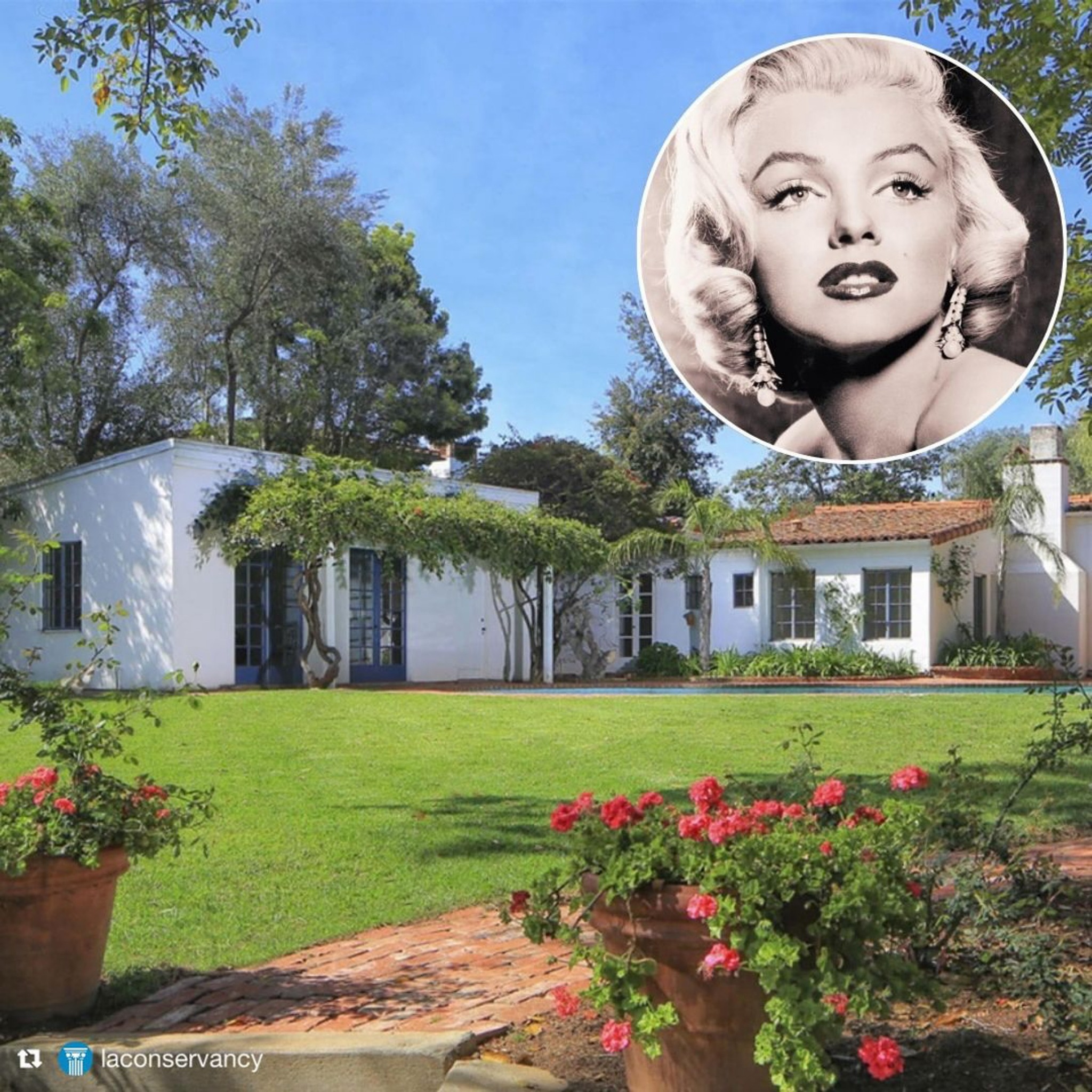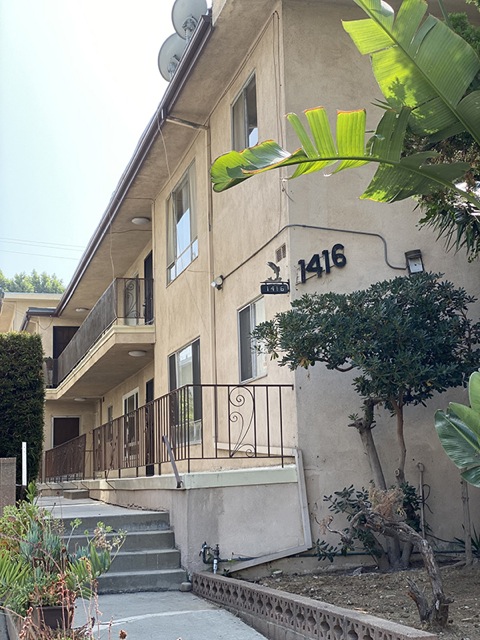City Argues Against Injunctive Relief to Monroe Homeowners ‘It is the only place in the world that grounds Marilyn’s myth into history, and the U.S. and world’s history,’ says Parisian art historian Jacques Le Roux. ‘It is the only physical reminder that remains of the life and death of an extraordinary human being.’
LA INDEPENDENT NEW SERVICES
The city of Los Angeles is urging a judge to deny injunctive relief to the owners of Marilyn Monroe’s former Brentwood home, who want to block the city from making the residence a historic cultural monument and interfering with the couple’s desire to demolish it.
The monument application has been working its way through the city process, receiving approval in January from the Cultural Heritage Commission and later from the council’s Planning and Land Use Management Committee. A hearing on the preliminary injunction was scheduled for June 4.
One strong statement of support came via email from Parisian art historian Jacques Le Roux, calling for the city to formally act and declare the home a landmark.
He noted that in recent years, Monroe’s persona has grown into something much bigger than what she herself was — for multiple reasons, “Marilyn” has attained the status of “sacred figure.”
“It is the only place in the world that grounds Marilyn’s myth into history, and the U.S. and world’s history,” Le Roux wrote in his email. “It is the only physical reminder that remains of the life and death of an extraordinary human being. ‘Marilyn’ has become part of our — the U.S. and the world’s — collective unconscious.”
He added, “Destroying the only place she owned while alive, and where her transition into a sacred figure started would be a shame, and irreparable error an ignorant act against culture and history.”
Kevin Deevey, who described himself as a Hollywood preservationist for many years, also wrote an email to the cities historical commission calling for the home’s protection. He said the house is part of an identity that is “being lost in Los Angeles,” focusing on the home’s architectural design.
“The property is zoned as a single-residential and has been there for nearly 95 years, having been originally built in 1929. It is a beautiful example of the Spanish Mission style homes which were so common in Los Angeles at the time it was built,” Deevey said in his email.
Attorneys for real estate heiress Brinah Milstein and her husband, producer Roy Bank, previously filed court papers with Los Angeles Superior Court Judge James Chalfant in which they say the city is violating the law by trying to give the home historical recognition. The pair bought the residence last July for $8.35 million and have obtained a demolition permit from the city.
The petition seeks a court order blocking the monument designation and allowing the plaintiffs to move forward with their planned razing so they can demolish the Monroe structure to expand their current home, which is adjacent to the property.
But lawyers for the City Attorney’s Office last week cited multiple examples of why the couple should not prevail. They say members of the public flooded city phones and emails last Sept. 5 to “express their dismay” at the imminent demolition of the property and express their desire for the city to preserve the property.
According to petitioners’ court papers, they will suffer irreparable harm without a preliminary injunction. In a sworn declaration, Bank says recent publicity about the case has drawn gawkers and traffic to the area’s narrow streets.
“As owners of the property, my wife and I cannot even begin to estimate the damage to us and our rights if the city’s intended designation of the property goes through,” Bank says in a sworn declaration in support of the preliminary injunction. “We will be mired in the heavy burden of owning, perpetually, a tourist magnet creating a circus atmosphere harmful to us and our neighbors.”
But in their court papers, lawyers for the City Attorney’s Office counter that Bank and Milstein cannot show irreparable harm by speculating that tourists will travel to their neighborhood if the City Council is not enjoined from voting on the issue.
“Moreover, the city has no control over members of the public who travel to Helena Drive, which is a right-of-way accessible to the public by right and a preliminary injunction would not block future public trips there,” the lawyers for the city argue.
Bank and Milstein filed the petition May 6, alleging “illegal and unconstitutional conduct” by the city “with respect to the house where Marilyn Monroe occasionally lived for a mere six months before she tragically committed suicide 61 years ago.”
But Heather Goers, the preparer representing the city of Los Angeles in its efforts to protect the home, said this was not actually correct because Marilyn Monroe had been waiting for custom furnishing for her home when she died, and even registered her dog’s license in the city.
Monroe’s Spanish Colonial Revival home, hidden in a cul-de-sac at 12305 W. 5th Helena Drive, was the only home the Hollywood icon ever purchased herself. It’s also the home where she tragically died at the age of 36 in 1962, just six months after moving in.
Marilyn bought the house on the suggestion of her psychiatrist, who said the actress should “put down some roots.”
But in the short time she lived there, the house became an extension of herself.
“Anybody who likes my house, I am sure I will get along with,” she said in her final interview with LIFE Magazine of her distinctive one-story house with architectural charm featuring a red-tile roof and adobe walls.
As if to emphasize how she felt about her house, a tile next to the front door displayed the Latin phrase, “Cursum Perficio” — “Here ends my journey.”




